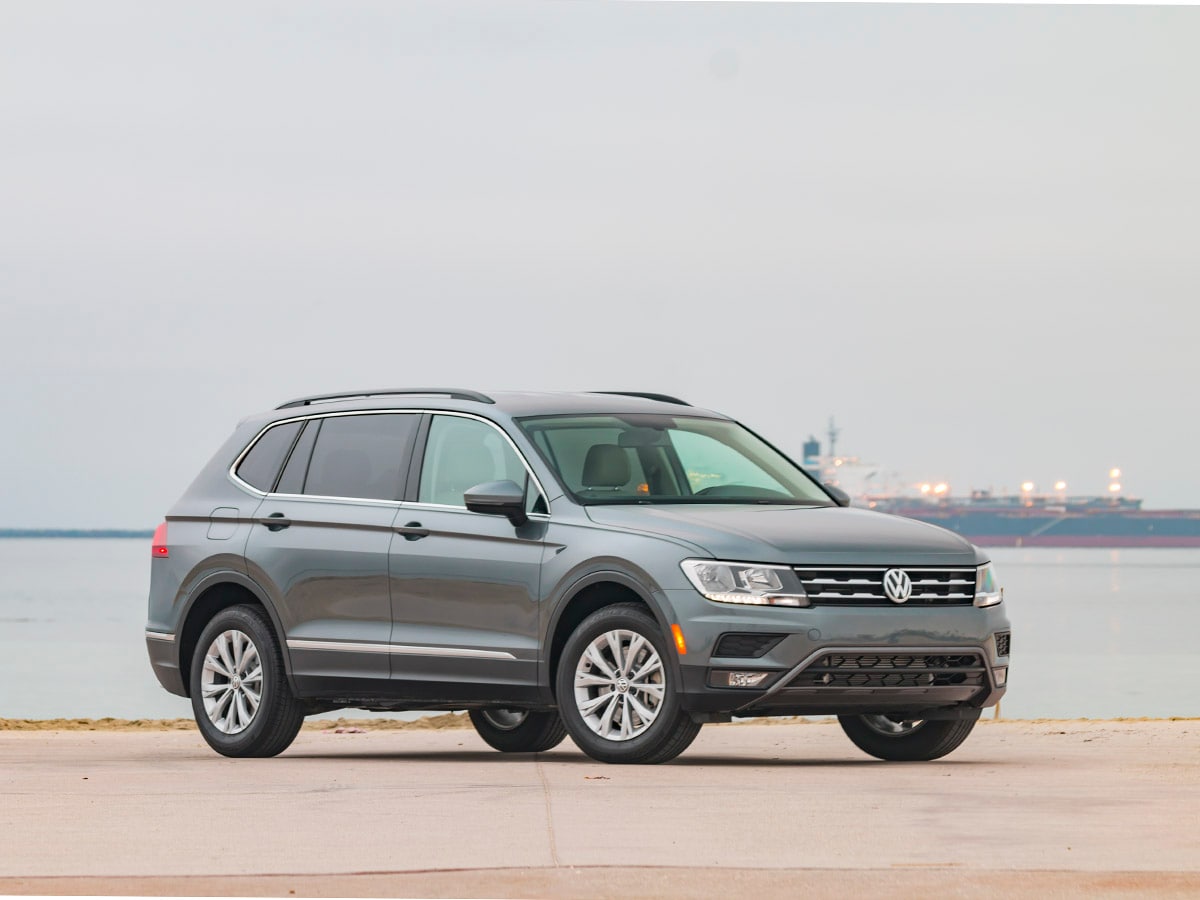
Now that the calendar has turned over into 2018, here’s what car shoppers can expect in the new year. Although 2017 fell short of the previous year’s record, it wasn’t for a lack of trying as makers pulled out all the stops during the year-end holiday sales events with big discounts primarily on 2017 models and there were more than a few sweet deals on 2018s.
Most of these programs have expired, so expect the industry to take a little break from all the hype and hoopla before the next round of incentives hit. The trends that are likely to continue in 2018 will be the shift away from sedans to crossover SUVs. There will be more deals on the former than the latter, but expect the supplies to decrease somewhat and the incentives to be not as generous. That’s because makers are cutting both production and fleet sales of sedans to preserve margins. With Ford expected to pull out of the segment by discontinuing the Fusion in North America, there will be fewer entries to choose from as well. Fiat Chrysler Automobiles has already left both the midsize and compact sedan categories when it killed the Chrysler 200 and Dodge Dart.
While sedans continue to languish, 2018 will most certainly be the year of the truck. Ford will be pushing its new Expedition and Lincoln Navigator full-size SUVs and look for GM to push back with deals on its aging Chevrolet Tahoe/Suburban, GMC Yukon and Cadillac Escalade. Pickups will also be a fertile field with an all-new 2019 Chevrolet Silverado/GMC Sierra bowing alongside a redesigned 2019 Ram 1500.
There will be much talk about autonomous and electric vehicles during 2018, but don’t expect any major breakthroughs on either front when it comes to a vehicle you can actually buy. There will be some Level 3 technology like Cadillac’s SuperCruise and Nissan’s ProPilot on the market, but fully autonomous vehicles are something that we will see in the next decade and not during the balance of the current one. Also, even as Tesla struggles to ramp up Model 3 production and clear out its backlog of more than 300,000 deposits, the share of EVs will not climb much beyond the current 2 percent. There will be a wider selection of pure EVs with longer range (but still only a few, like the Tesla Model S, X and 3 and the Chevrolet Bolt, offering more than 200 miles). EV intenders will be glad to hear that the $7,500 federal tax credit survived in the tax bill passed at the end of the year. Plug-in hybrids will become ubiquitous as makers rely on that technology to meet federal fuel economy and emission standards.
Other things to watch for include climbing interest rates as the economy continues to grow in the 3- to 4-percent range. The Fed has promised to clamp down on the money supply to keep inflation in check, so experts are predicting as much as a 2-percent increase in auto loan rates, from the current rate of just under 3 percent to nearly 5 percent.
Average prices hit record high
The average new vehicle transaction price hit a record high of $36,113 as a fitting close to 2017. That represents a jump of $583 or 1.6-percent over December 2016 and a $66 bump over the previous month’s average.
“Average transaction prices closed the year on a strong note, rising nearly 2 percent in December 2017 to set a record high,” said Tim Fleming, analyst for Kelley Blue Book. “Incentive spending was a concern in 2017, averaging 10.4 percent of MSRP, but encouragingly, this figure held relatively flat over the final quarter of the year. In 2018, interest rate hikes could be another concern as they threaten to increase monthly payments for consumers. However, Kelley Blue Book anticipates they will help contribute to another down year of new-vehicle sales more than impacting prices, which have steadily risen along with the economy since the recession.”
Higher interest rates and rising prices could also spark consumer interest in shopping for late model lease return cars offered as Certified Pre-Owned (CPO) units at franchised new car dealers. This in turn would put more pressure on makers trying to boost new car sales and may fuel further incentive programs later in 2018.
Among the manufacturers posting the strong gains in average transaction prices, Volkswagen Group led the way with an 8.1-percent gain in December over year earlier figures. VW’s growth is attributed to the new Atlas and Tiguan as well as the redesigned Audi A5 and Q5. Toyota saw prices climb 2.7 percent while American Honda and Ford both saw a 2.5-percent increase in ATP. GM and Nissan saw their prices decline by 0.4 and 0.3 percent respectively.
VW cuts Tiguan pricing
In a move to make its new 2018 VW Tiguan 3-row crossover SUV more competitive in the marketplace, the German automaker has cut pricing on the model by as much as $2,180. Pricing on the entry level Tiguan Limited, the 2-row version imported from Germany, remains the same with a base price of $22,860 including delivery.
The base S trim on the Mexican-built 2018 VW Tiguan has been cut $600 to $25,495, the mid-line SE reflects the $2,180 decrease at $27,650, while the SEL sees a $1,460 price break and now costs $31,990. Pricing on the top SEL Premium model remains unchanged at $37,150.
These prices reflect front-drive models, although the cuts also apply equally to all-wheel drive versions based on trim level.
Volvo’s app for refills and car washes
Volvo is testing a new smartphone app in Seattle that connects car owners with concierge services that can handle routine chores like refilling the gas tank and getting the car washed. The program, begun earlier in San Francisco, allows owners of 2015.5 and new Volvos to order fuel and car wash services if their vehicle is parked in either city.
“First San Francisco, now Seattle and soon many more Volvo owners will have access to concierge services via an app,” said Anders Gustafsson, president and CEO of Volvo Car USA. “This is another example of how we are using connected car technologies to make life less complicated for our customers.”
Volvo says it is the only car company that has connected technologies among the cloud, car and the owner’s cell phone that integrates third party companies into a seamless experience. New services are expected to be added over time in response to customer demand.
The rundown
We get behind the wheel in the latest entry in the plug-in hybrid segment, the 2018 Kia Niro PHEV. Check out our findings in this First Review.
Shopping for a new family car can be a daunting task. But you can whittle the list down quickly with Kelley Blue Book’s 12 Best Family Cars of 2018.
The North American International Auto Show is just a week away. Get an early look at what’s slated to debut here.
In the market for a new car? Explore these useful tips on how to get the best deal:
Kelley Blue Book’s Complete Guide to Incentives
All you need to know about leasing
Which dealer services are right for you?
What to look for in your next economy car







